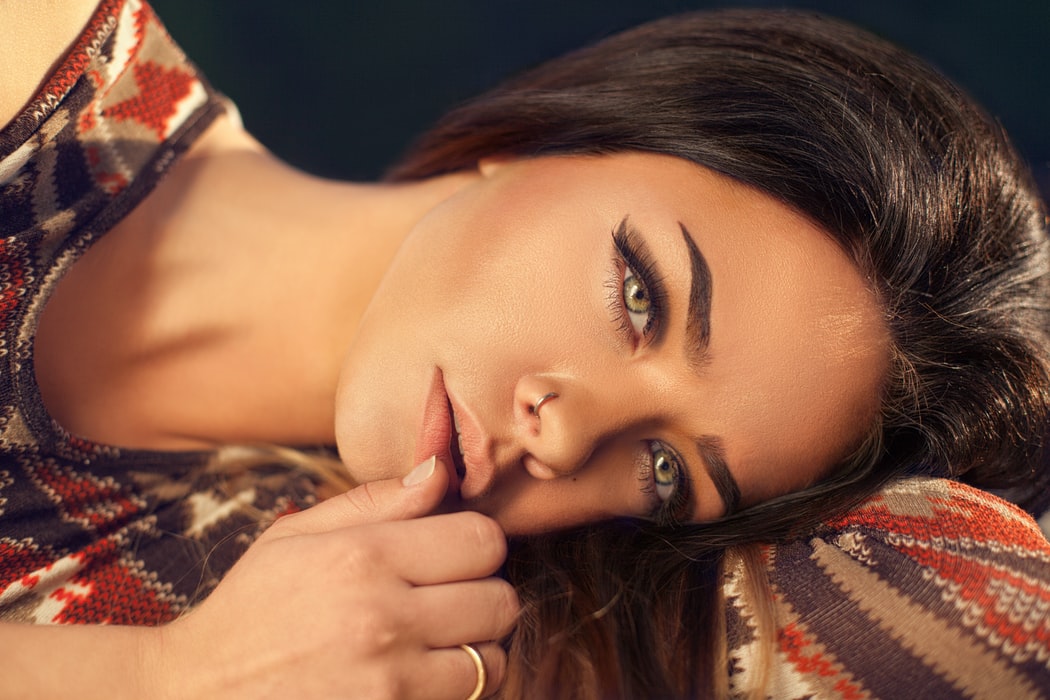
Beauty lies in the eyes of the beholder, and while most of us debate with friends and loved ones about whether or not a particular actor, celebrity or acquaintance is ‘beautiful’, scientists have gone to great lengths to determine that beauty is not as subjective as it seems. As stated in a review of studies on the subject by Anthony Little and colleagues, “Physical appearance is important to humans and certain features appear to be found attractive across individuals and cultures.” In the animal world, the size and color of features like fur, fins or feathers make a difference, and human beings also have a series of traits they consider ‘attractive’. What features can be considered attractive or appealing to a wide spectrum of people, regardless of their age or background?
Symmetrical Faces
Symmetry – the extent to which one half of a person’s face is similar to the other half – matters when it comes to assessments of beauty. The reason, stated Little and colleagues, is that symmetry indicates “the ability of an individual to develop successfully in the face of environmental pressures.” Symmetry, therefore, indicates ‘genetic quality’, while deviations from it can demonstrate a lesser ability to adapt to environmental challenges. Today, people who are concerned about asymmetry can correct specific issues in many ways, including the use of fillers, microblading, and semi-permanent facial makeup. Fillers and implants to correct jawlines which are mismatched are also popular in aesthetic surgery clinics, although natural jaw symmetry correction can sometimes be achieved through facial stretches and exercises alone.
Being Average
It is interesting that many people refer to attractive individuals as “above average.” In fact, studies by Thornhill & Gangestad (and many other scientists) have shown that an alignment of features that is close to a population average is considered attractive because it is linked to genetic diversity. A study by Galton, for instance, found that multiple faces blended together were considered more attractive than the individual faces. Further studies have shown that the more faces are digitally blended to create composite faces, the more attractive the result is to the average viewer.
Classic Ideals Of Male And Female Beauty
Scientists have found that from an evolutionary point of view, extreme features (for instance, a large jaw, thin cheeks and prominent cheekbones in men) are considered attractive. There are many studies showing that traditionally ‘feminine’ female faces are considered attractive across different cultures. In the case of men, however, studies do differ. Some researchers (Cunningham et al), for instance, have found that women prefer defined jaws in men. However, studies by Perrett and colleagues found that both Caucasian and Japanese participants preferred more feminized versions of male faces. Several studies undertaken since have clashing results. Little and colleagues believe that this may be because facial characteristics may be linked with certain personality types. For instance, “Women who value cooperation and good parenting may avoid masculine-faced men. Thus, instead of feminine faces being attractive and this attractiveness driving positive personality attributions, it may be that the personality attributions are driving the attractiveness judgements.”
Study after study has shown that certain attributes are linked to attractiveness across a wide array of cultures. Just two of many include symmetry and ‘averageness’. Secondary traits such as masculinity and femininity continue to be a subject of research, since findings are often inconsistent from study to study. Little postulates that although masculine male faces are still considered the ideal, personality considerations are affecting tastes and leading to a greater appreciation for feminine features.